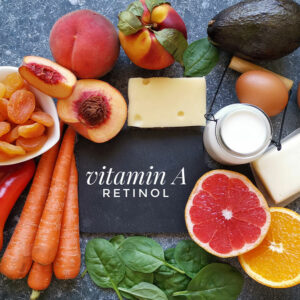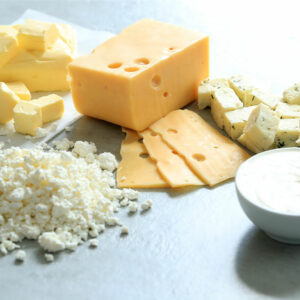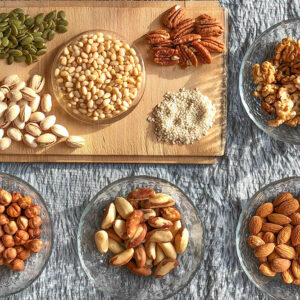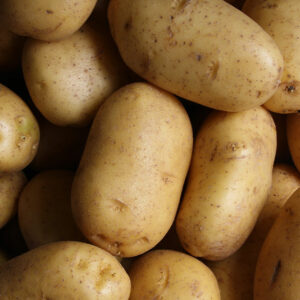
01
4 vitamins that help avoid problems with vision
Vitamins and minerals provide the body with nutrition and aid it in continuing its functions. A few are immensely good for eye health as they ensure your vision remains clear. But, either age or low nutrition levels might lead to illnesses such as cataracts, age-related macular degeneration, and glaucoma. As eyesight is one of the most important senses, read ahead to know the vitamins that can improve and maintain it. Common eye-related health issues There are many eye and vision problems, some of which require severe medical attention. On the other hand, some can be corrected quite easily. Some of these problems are Myopia Do you have trouble looking at objects far away but find the things nearer to you crystal clear? This might be due to myopia or nearsightedness. This extremely common condition can be fixed by wearing eyeglasses or contact lenses. But remember always to visit an ophthalmologist to know more about it. Astigmatism An incredibly common problem in vision, this is caused by an error in the shape of the cornea, often known as the eye’s lens. It might sometimes have a slightly irregular curve leading to fuzzy, blurry, and distorted vision. But you do not need to worry, astigmatism might sound complicated, but it can be treated by wearing corrective eyeglasses and contact lenses that have especially been made to treat the way light passes to the retina. Presbyopia Such a condition is caused by aging and might lead to trouble focusing on the things nearer to you, but no problems seeing those far away. It is a natural part of aging and might start showing symptoms as you draw nearer to the age of 40. But not to worry, this can be easily treated using prescription or eye lenses to help you see things more clearly.
Read More 










